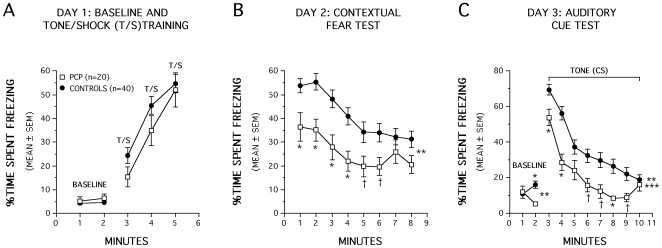Figure 5. P2+P7 PCP-treated mice showed significant impairments in conditioned fear when tested on P60.
(A) Analysis of freezing behavior during the baseline or tone/shock (T/S) pairings on day 1 revealed no significant overall Group effects. (B) PCP-treated mice exhibited significantly lower amounts of freezing compared to the control group when they were returned to the test chamber 24 hrs after training (**p<0.0005). Pairwise comparisons showed that the PCP-treated mice froze significantly less often than controls in response to contextual cues for the first 4 min of the test session (*p<0.0006) while differences were also large for min 5 (†p = 0.040) and 6 (†p = 0.025). (C) An analysis of baseline freezing in response to the altered context on day 3 of auditory cue testing indicated a significant Group by Minutes interaction (**p = 0.001). Subsequent pairwise comparisons showed that this effect was mostly due to differences between the PCP-treated and control mice during min 2 (*p = 0.001). Analysis of freezing in response to the tone presentation yielded a significant main effect of Group (**p<0.0005) and Group by Minutes interaction (***p = 0.048) with pairwise comparisons showing that the PCP-treated mice froze less often than the control group for min 1, 2, and 8 (*p<0.006), while very large differences were also observed for min 6, 7, and 9 (†p<0.025).

